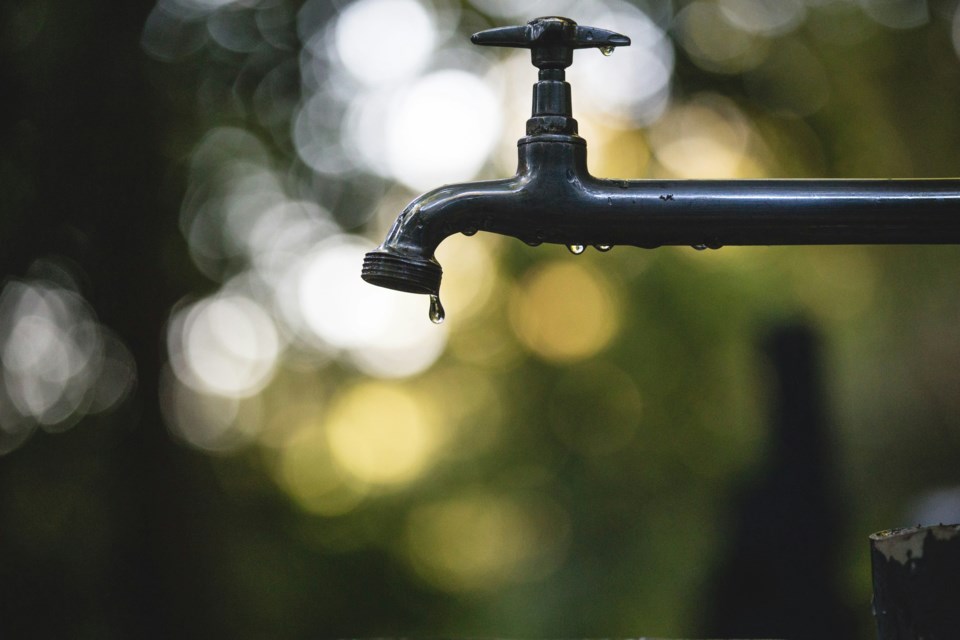Two critical pieces of St. Albert’s water infrastructure made from the same material as the ruptured water feeder main that has sent Calgary into a water crisis will be retired this year, according to the city.
The pipes, a transmission line and a supply line that are connected directly to the Sturgeon Heights Reservoir and support a great deal of the city’s water distribution, haven’t been inspected since they were installed in the 1970s, said Regan Lefebvre, the city’s senior manager of utilities.
“The life expectancy on the pipe is about 80 years, but due to the critical importance of these particular mains, we actually made the decision last year to retire them early rather than inspect them,” Lefebvre said.
An inspection would have cost the city over $1 million, whereas replacement was just over $2 million and guaranteed to extend the infrastructure’s lifespan.
Pre-stressed concrete cylinder pipe (PCCP), the type of pipe that ruptured in Calgary, was very popular in the 1970s and is still manufactured today, Lefebvre said.
“The problem that we've been seeing in the industry is some of the [PCCP] that was built in the 1970s is starting to fail, and when it when it does fail, it tends to fail pretty catastrophically,” he said.
PCCP makes up only 1,456 metres of St. Albert’s 300-kilometre water distribution infrastructure, but those metres are the largest in diameter and some of the most essential to the functioning of the system.
Although the new pipes are projected to last anywhere from 100-200 years, St. Albert ‘s water supply still won’t be free of risks from PCCP line ruptures.
Both the Sturgeon and Oakmont reservoirs receive water from Edmonton, and the connection points to the Edmonton system are built with PCCP.
“We are connected to two very different points in the system, so I don't expect that both of those would go out at the same time,” Lefebvre said. "But never say 'never.' We always want to be prepared.”
The pressure on the transmission line and the supply line in the Sturgeon Heights Reservoir has decreased over the pipes’ lifespan, putting less stress on the system and reducing the chances of a rupture.
“The pipe is bigger than it will ever need to be,” Lefebvre said.
That’s because at one time the Sturgeon Heights Reservoir supplied all of St. Albert with water. Now the Oakmont Reservoir in the city’s north side has taken up some of the slack.
“We don't expect we're going to see a lot of growth on the south side of St. Albert,” Lefebvre said. “Our growth is mostly to the north, which is mostly going to be on that Oakmont supply line connection.”
The new supply and transmission lines will be smaller than the old lines that were built with PCCP. The old PCCP lines that connect to the Sturgeon reservoir won’t be removed. Instead, the new lines, made from a plastic material called high density polyethylene, will be inserted into the older PCCP infrastructure.
Lefebvre said that any risk that the old pipe could collapse and damage the new pipe was extremely remote. “The space between the plastic pipe and the PCCP will be filled with grout,” he said.
The installation of the new pipe has coincided with the Sturgeon Heights Reservoir replacement, which is projected to be finished later this year.




